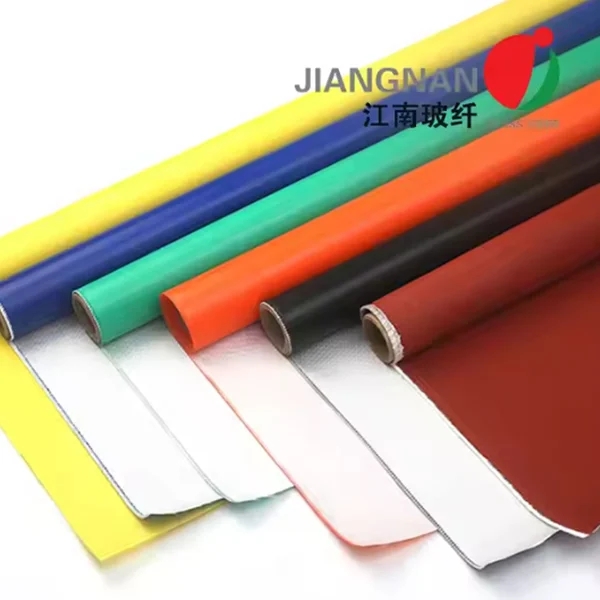Mastering the Art of Sealing Exterior Walls: A Comprehensive Guide for Homeowners and Professionals
Sealing exterior walls is a crucial aspect of building maintenance that often goes overlooked. Proper sealing not only enhances the aesthetic appeal of a property but also plays a vital role in energy efficiency, moisture control, and overall structural integrity. In this article, we will delve into the various methods and materials used to seal exterior walls, the importance of proper sealing, and best practices to ensure long-lasting results.
Understanding the Importance of Sealing Exterior Walls
Sealing exterior walls serves multiple purposes:
- Moisture Protection: One of the primary functions of sealing is to prevent water infiltration. Moisture can lead to mold growth, wood rot, and structural damage, which can be costly to repair.
- Energy Efficiency: Properly sealed walls reduce air leaks, which can significantly lower heating and cooling costs. This is particularly important in climates with extreme temperatures.
- Aesthetic Appeal: Sealing helps maintain the appearance of exterior walls by preventing paint peeling, discoloration, and other forms of deterioration.
- Pest Control: Sealing gaps and cracks can deter pests from entering the home, providing an additional layer of protection.
Types of Exterior Wall Sealants
When it comes to sealing exterior walls, various materials and methods can be employed, depending on the wall type and the specific needs of the building. Here are some of the most common sealants:
- Caulk: Caulking is ideal for sealing small gaps and cracks around windows, doors, and other joints. It is available in various formulations, including silicone, latex, and polyurethane, each offering different levels of flexibility and durability.
- Sealant Paint: This type of paint contains additives that enhance its sealing properties. It can be applied directly to the wall surface and is particularly useful for masonry and stucco walls.
- Weatherproofing Membranes: These are typically used in commercial applications but can also be beneficial for residential properties. They provide a robust barrier against moisture and are often installed beneath siding or other exterior finishes.
- Foam Sealants: Expanding foam sealants are excellent for filling larger gaps and voids. They provide superior insulation and can be used in conjunction with other sealing methods for enhanced performance.
Step-by-Step Guide to Sealing Exterior Walls
Step 1: Assess the Condition of Your Walls
Before sealing, it’s essential to inspect the exterior walls for any signs of damage, such as cracks, peeling paint, or mold growth. Address any structural issues before proceeding with sealing.
Step 2: Clean the Surface
A clean surface is crucial for effective sealing. Use a pressure washer or a stiff brush to remove dirt, debris, and any loose paint. Allow the surface to dry completely before applying any sealant.
Step 3: Choose the Right Sealant
Select a sealant that is appropriate for your wall type and the specific conditions of your environment. Consider factors such as flexibility, durability, and resistance to UV rays and moisture.
Step 4: Apply the Sealant
- For Caulk: Use a caulking gun to apply a continuous bead of caulk along the joints and gaps. Smooth the bead with a wet finger or a caulking tool for a neat finish.
- For Sealant Paint: Use a brush or roller to apply the sealant paint evenly across the wall surface. Ensure that you cover all areas, paying special attention to joints and seams.
- For Weatherproofing Membranes: Follow the manufacturer’s instructions for installation, ensuring proper overlap and sealing of seams.
- For Foam Sealants: Apply the foam into gaps, allowing it to expand and fill the voids. Trim any excess once it has cured.
Step 5: Inspect and Maintain
After sealing, regularly inspect the exterior walls for any signs of wear or damage. Promptly address any issues to maintain the integrity of the seal.
Best Practices for Long-Lasting Sealing
- Choose Quality Materials: Invest in high-quality sealants that are designed for exterior use. Cheaper alternatives may save money upfront but can lead to more significant expenses down the line due to premature failure.
- Follow Manufacturer Instructions: Always adhere to the application guidelines provided by the sealant manufacturer to ensure optimal performance.
- Consider Climate Factors: In areas with extreme weather conditions, select sealants that are specifically formulated to withstand such environments.
- Regular Maintenance: Schedule periodic inspections and maintenance to ensure that your sealing remains effective over time.
Conclusion
Sealing exterior walls is an essential task that can significantly impact the longevity and efficiency of your home. By understanding the various sealing options available and following best practices, homeowners and professionals alike can ensure that their properties remain protected from moisture, pests, and energy loss. Investing time and resources into proper sealing will pay dividends in the form of reduced maintenance costs and enhanced comfort for years to come.


